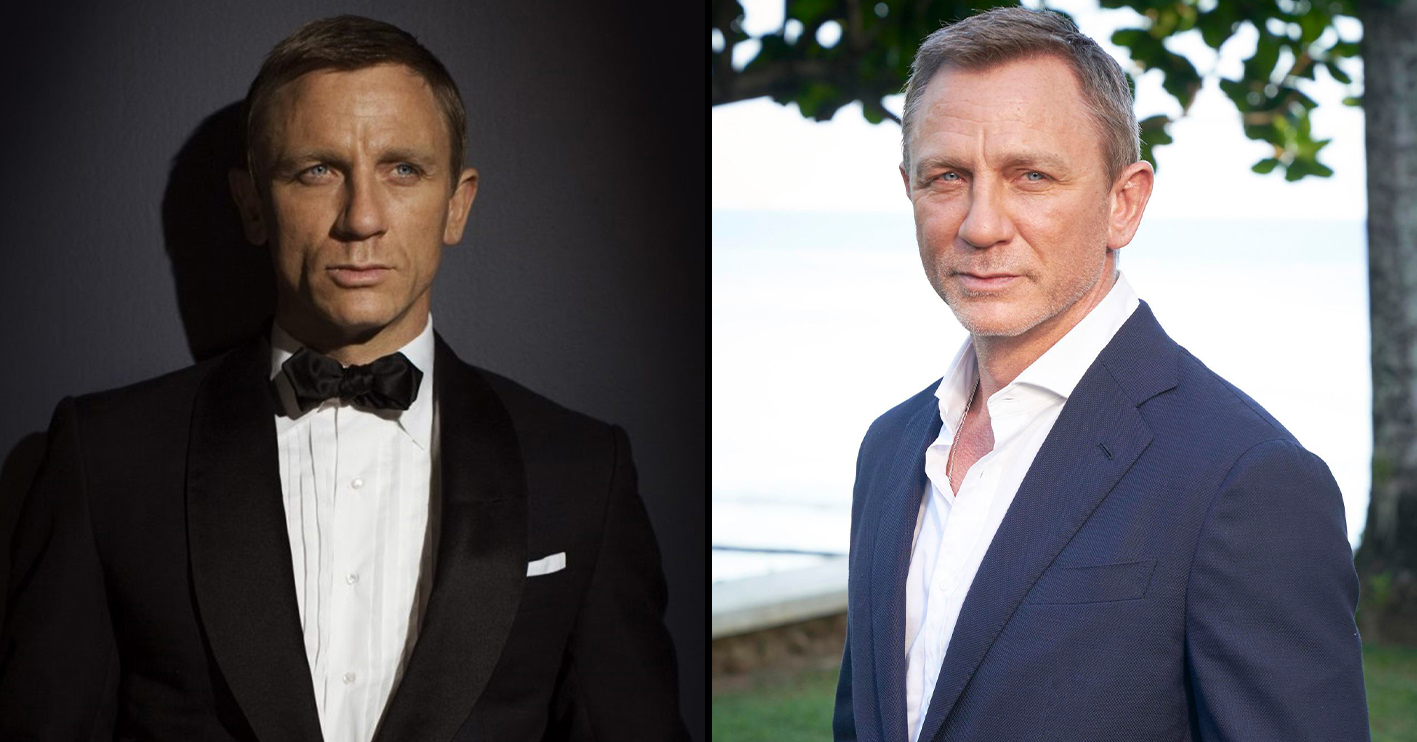In news that may shake and stir some fans of the James Bond series, incumbent 007 Daniel Craig has been named the best Bond ever.
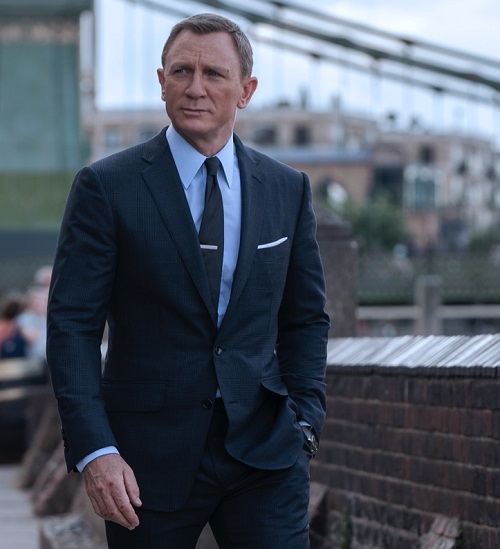
This was the result of a poll held by LADbible to find out who the nation’s favourite James Bond actor really is.
[rtk_adunit_top]
With 18,597 votes cast, Craig won by a very significant margin with 51% of the vote.
Who's the best James Bond?
— LADbible (@ladbible) July 12, 2020
Original James Bond actor Sean Connery was voted second with 23.9%, Craig’s predecessor Pierce Brosnan was third with 16.6%, whilst the late, great Roger Moore came in fourth with 8.5%.
[rtk_adunit_middle]
Of course, you don’t have to be a massive Bond nut to spot that LADbible’s poll left out two of the six official Bond actors. First, there’s no mention of George Lazenby, the second 007, who played the role in 1969’s On Her Majesty’s Secret Service.
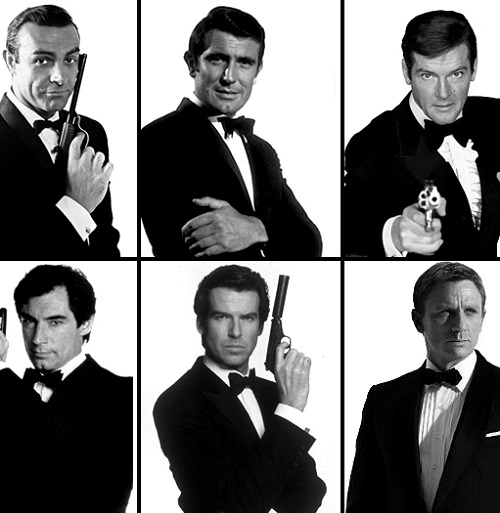
The poll also neglected to list the fourth Bond, Timothy Dalton, who some of us consider the very best 007 of them all.
Dalton and Lazenby were omitted as they had been knocked out of the ranking in an earlier LADbible Twitter poll, which saw both actors receive a paltry share of the vote.
[rtk_adunit_bottom]
52-year-old Craig’s current popularity as the superspy is a far cry from when his casting was first announced in 2005.
At that time, a vocal contingent of Bond fans slammed the blond-haired 5’10” actor as completely wrong for the typically tall, dark and handsome secret agent.

However, 2006’s Casino Royale silenced most of the actor’s detractors, and 14 years on Craig is the longest-serving Bond actor to date (although Roger Moore made the most movies, starring in seven before retiring).
Daniel Craig’s fifth and final outing as Bond, No Time to Die, is poised to hit cinemas on 12 November, having been postponed from its originally scheduled April release due to the lockdown.

10 Of The Best James Bond Movies (And 10 Of The Worst)
As rare a breed of man as 007 may be, it’s rarer still to keep a series going as long as the Bond movies have lasted without slipping up at least a few times here and there. While we’d say there isn’t a single film in the series thus far that hasn’t at the very least proved entertaining, there are definitely some entries that don’t quite measure up – but when Bond’s on form, nobody does it better.
Where would you rank these films among the best and worst of 007?
One of the best: GoldenEye

The six-year hiatus between 1989’s Licence to Kill and 1995’s GoldenEye was the longest 007 had been off the big screen since his 1962 inception.
[rtk_adunit_top]
If Bond was coming back, it had to be in a big way – and happily, Pierce Brosnan’s debut in the role delivered. GoldenEye proved to be one the true highlights of the series, rejuvenating the franchise for a new generation.

The GoldenEye opening immediately breaks from the series norm, with a prologue scene that sees 007 partnered with 006, Sean Bean’s Alec Trevelyan, on a mission that goes wrong; but when the action picks up years later, Bond discovers his latest mission is wrapped up in the old case, making the stakes both global and personal.
[rtk_adunit_middle]
With Brosnan pitching his performance midway between Connery’s brooding menace and Moore’s sardonic charm, the actor delivers a compelling take on the character. Happily, he’s backed up not only by a well-above-average script, but also one of the best ensemble casts in Bond history.

GoldenEye sports exemplary villains in Bean’s Trevelyan and Famke Janssen’s Xenia Onatopp, a great love interest in Izabella Scorupco’s Natalya Simonova, and perhaps most notably, Judi Dench as the new M.
[rtk_adunit_bottom]
One of the worst: A View to a Kill

It’s easy to forget given he took on the role more than a decade later than Sean Connery, but Roger Moore was actually the older of those two Bond actors.
[rtk_adunit_top]
While this wasn’t too obvious at first, it became ever more apparent in Moore’s later Bond films; and when the actor finally had the good sense to stand down, aged 57, it was hard not ask why he hadn’t done it a few films sooner.
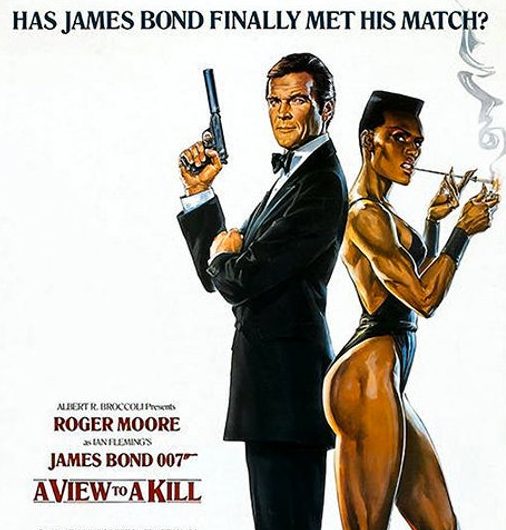
Still, even if Moore hadn’t been far too old for the part (and clearly less than a match for his female counterpart, Grace Jones’ May Day), it’s doubtful that 1985’s A View to a Kill would have worked all that well.
[rtk_adunit_middle]
The film seems to make efforts to keep up with the times by making Silicon Valley central to the plot, but this only serves to make A View to a Kill feel all the more passe and out of touch; and while it may sport charismatic villains in Jones and Christopher Walken, the decision to partner Moore up with the similarly ageing Patrick MacNee was misjudged.

Roger Moore himself would admit later the film didn’t work, feeling (correctly) that the tone was off – and the actor was reportedly alarmed to learn during production that he was in fact older than the mother of his love interest, Tanya Roberts.
[rtk_adunit_bottom]
One of the best: Goldfinger

Sean Connery and company had barely put a foot wrong in their first two James Bond movies, but with 1964’s Goldfinger they cranked things up into a whole new gear.
[rtk_adunit_top]
It was the third 007 adventure that cemented so many of what would become staples for the franchise, including glamour, gadgets and evil plots for world domination.
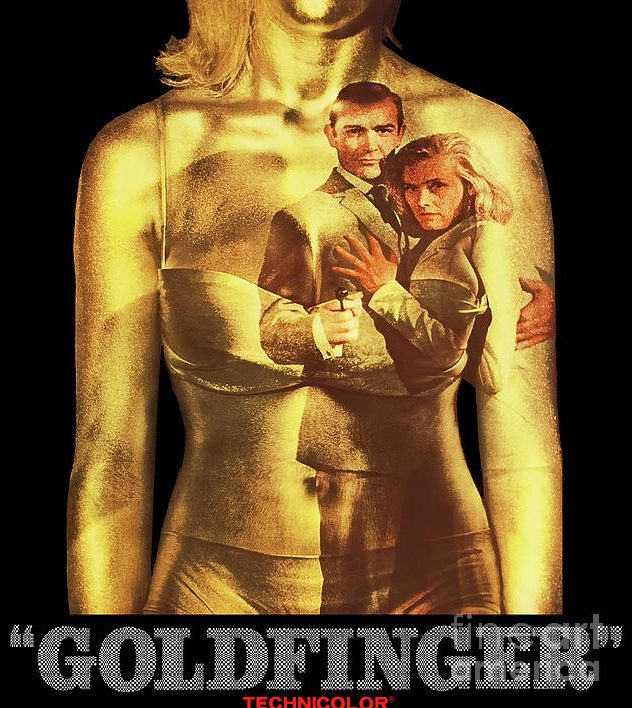
Connery’s charisma was beyond question by the time Goldfinger came around, and Gert Fröbe’s bad guy of the title proves one of the most memorable Bond villains of them all, with his fiendish plot to seize (although not steal) the gold at Fort Knox.
[rtk_adunit_middle]
Honor Blackman makes for one of the most memorable Bond girls ever, and not just for her audacious character name of Pussy Galore.
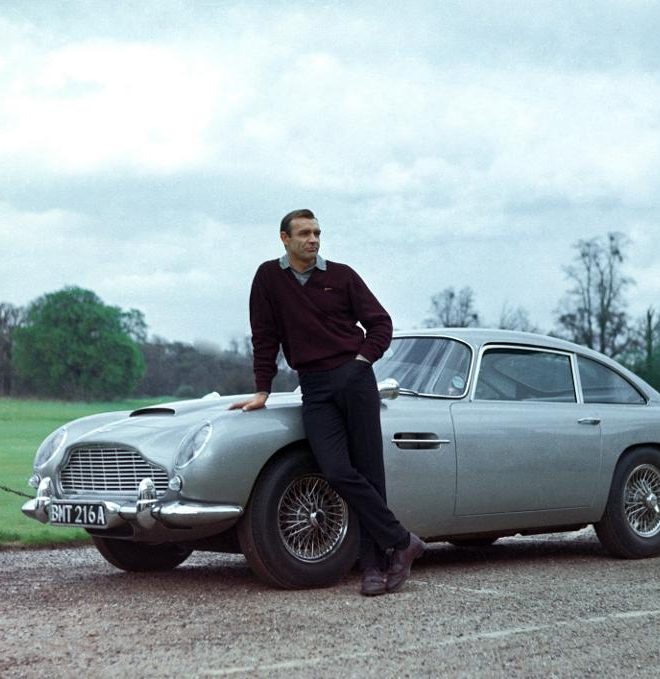
Above all though, Goldfinger really ups the stakes on the action, with Bond’s daring laser cutter escape, the climactic aeroplane showdown, and the first outing of 007’s signature car: the tricked-out Aston Martin DB5.
[rtk_adunit_bottom]
One of the worst: Thunderball
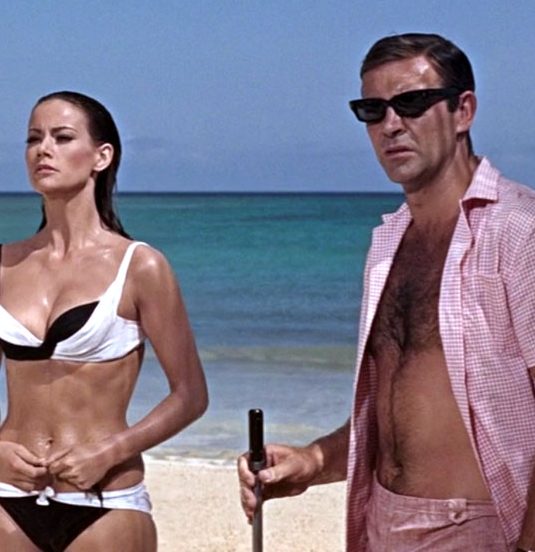
1965’s Thunderball was the fourth James Bond movie in as many years. It’s not too surprising, then, that some of those working on the movies – most notably their leading man – were becoming visibly bored of the routine.
[rtk_adunit_top]
However, the problems with Thunderball are not limited to Sean Connery’s steadily increasing apathy. As the popularity of the films seemed largely rooted in their spectacle, stunts and gadgets, Thunderball makes a point of piling these on ever thicker – unfortunately, it’s at the expense of character and story.

Thunderball sends 007 to the Bahamas on a mission to avert worldwide catastrophe, with the mysterious evil organisation SPECTRE holding the world to ransom (from this point, it seemed that nothing less than a potentially world-ending threat was sufficient to get James Bond out of bed).
[rtk_adunit_middle]
Much of the charm of the Bond movies has always been down to their awareness of their own inherent absurdity, but it’s in Thunderball that the balance starts to get thrown off, pointing to the more cartoonish tone the films would later take with Roger Moore: look no further than the stunningly unnecessary scene in which Bond stages an escape with what was then a state of the art jetpack (and behold Connery’s clear embarrassment at having to do so).
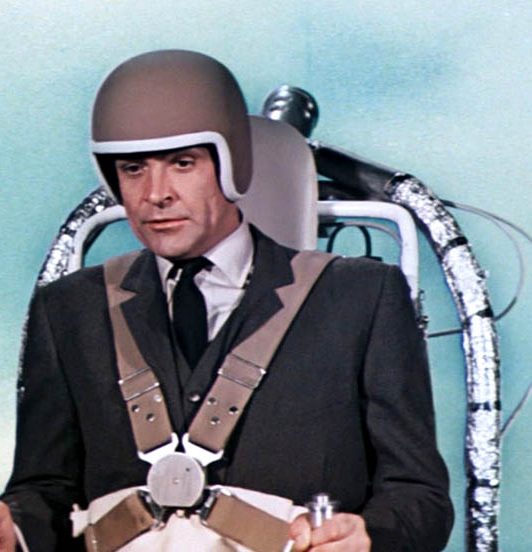
Beyond these inherent creative problems, Thunderball also proved to be a major thorn in the side of the Bond movies going forward, owing to a lengthy legal battle over the story rights. This was a struggle that ultimately left the Bond producers unable to use key villains SPECTRE and Blofeld for almost 40 years, and allowed independent producer Kevin McClory to remake Thunderball as 1983’s unofficial Bond movie Never Say Never Again (for which Connery was lured back to play the part for a seventh and final time).
[rtk_adunit_bottom]
One of the best: Casino Royale
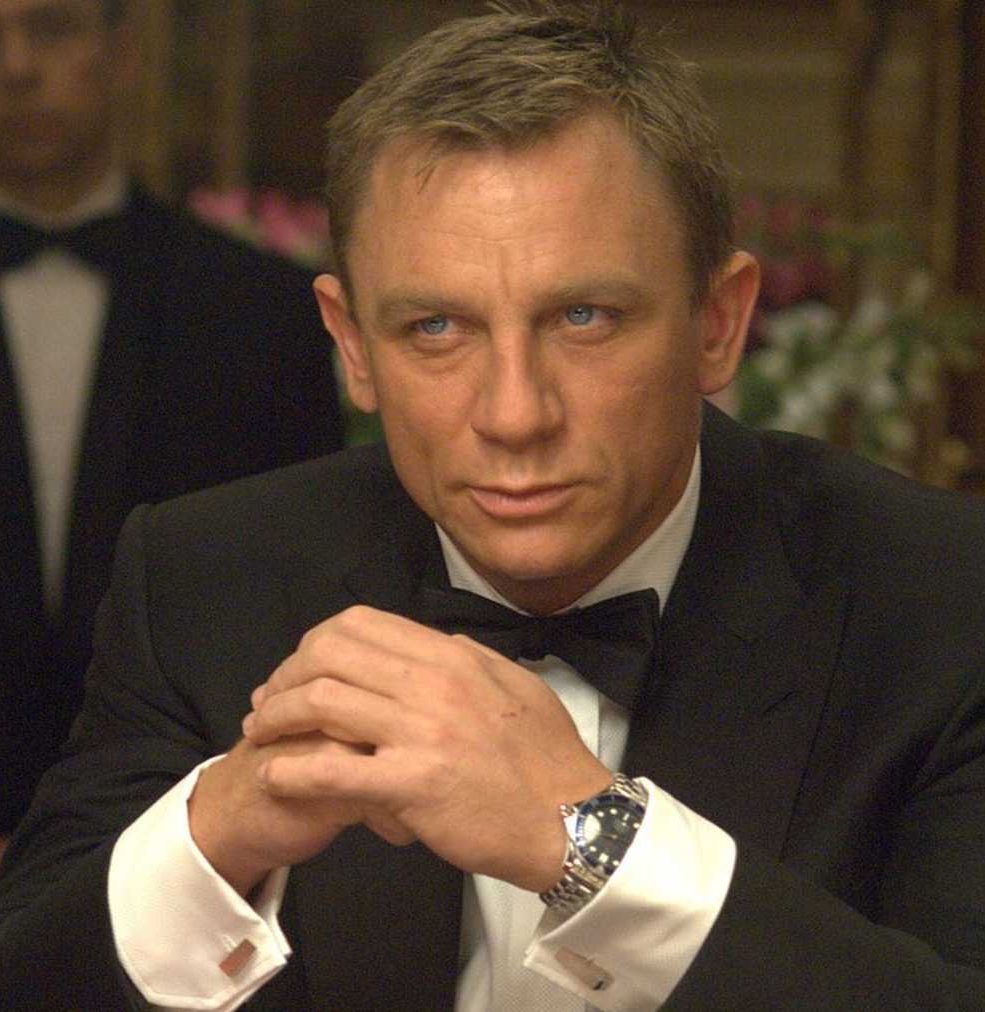
Pierce Brosnan may have aspired to present a more personal, character-based Bond, but this dream would not be fully realised until the role was taken over by Daniel Craig in 2006’s Casino Royale.
[rtk_adunit_top]
Although Craig’s casting was initially controversial, he quickly proved his critics wrong by giving us the toughest, most physical and most realistic Bond ever, in a film that truly went back to the source material by offering up a largely faithful adaptation of Ian Fleming’s very first James Bond novel (previously adapted in the non-canon 1967 spoof of the same name).
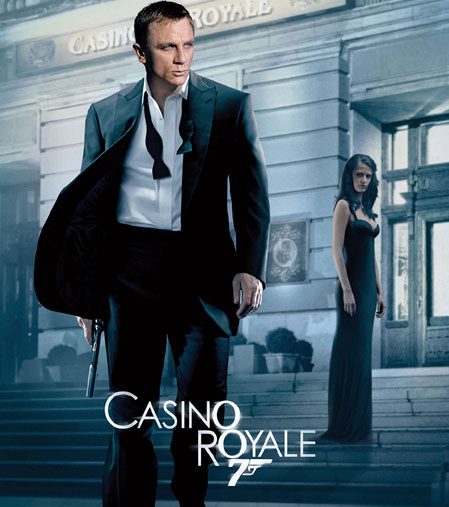
Ditching the traditional gun barrel opening shot, Casino Royale’s prologue sequence goes straight for the nitty-gritty with stark, monochrome footage of Bond getting the two kills on his CV that are required for him to attain 00-status.
[rtk_adunit_middle]
As well as returning to Fleming, Casino Royale also takes inspiration from the Bourne movies and Christopher Nolan’s Batman Begins, with much made of the fact that this was a younger, less experienced Bond (although at 37, Daniel Craig was in fact five years older than Sean Connery had been in his Bond debut, Dr. No).

Casino Royale also takes full advantage of Daniel Craig’s comparative youth by really putting him through his paces physically (Fleming may have written plenty of casino scenes, but his novels didn’t contain quite so much parkour).
Craig is easily the buffest Bond of them all, and proves it by spending far more time with his shirt off than any of his predecessors ever did.
[rtk_adunit_bottom]
One of the worst: Quantum of Solace

Oh dear. Daniel Craig’s tenure as James Bond started so well, yet his second go-around in 2008’s Quantum of Solace proved to be one of the most instantly forgettable 007 adventures since the series began.
[rtk_adunit_top]
There were, in this instance, pressing real-world factors that negatively impacted the film (and probably should have given the studio pause to consider putting the production on hold). Above all, there was the high-profile writer’s strike, which meant the crew went into production with a script that wasn’t ready, but which legally couldn’t be revised during the shoot.
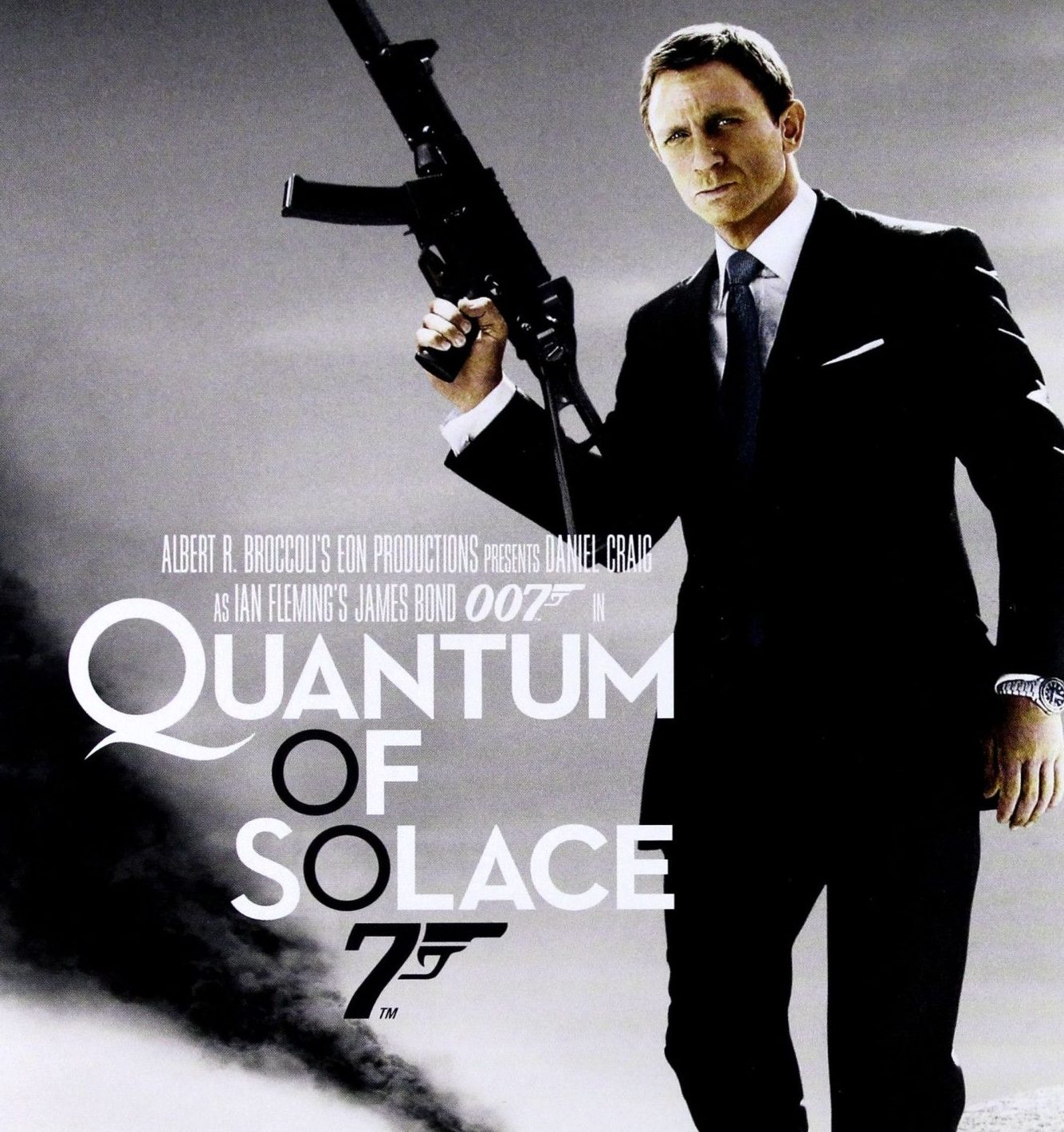
This explains the comparatively short running time of Quantum of Solace (at 106 minutes, it’s the shortest Bond movie ever), and the long swathes of the film which pass without dialogue, as Daniel Craig and director Marc Forster tried to ad-lib their way around the deficiencies in the screenplay.
[rtk_adunit_middle]
However, the more Quantum of Solace emphasises action, the more it feels like a direct retread of Casino Royale – except that Mathieu Amalric’s Dominic Greene is nowhere near as charismatic an adversary as Mads Mikkelsen’s Le Chiffre. Quite the opposite, in fact – Greene is a firm contender for the weakest Bond villain ever.

To give the Bond producers credit, they soon recognised their error in rushing Quantum of Solace into production, hence the far longer gaps between Daniel Craig’s subsequent films – although behind-the-scenes issues, most notably the financial difficulties of long-time Bond studio MGM-UA, have also had a significant role to play in these delays.
[rtk_adunit_bottom]
One of the best: From Russia with Love
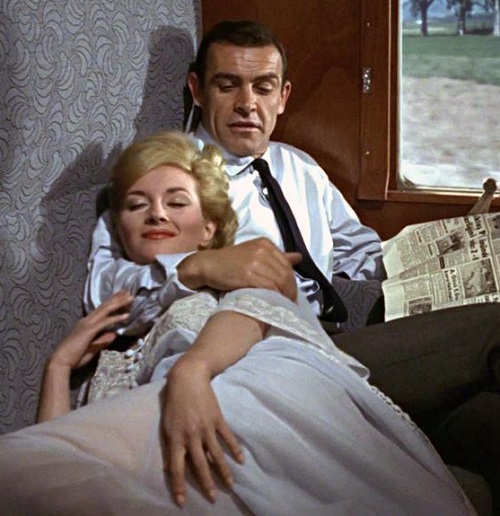
This was the second entry in the Bond movie series, rushed into production at breakneck speed after the success of Dr No the previous year. (The pace at which the films were churned out in the early days is a big part of why Connery was so anxious to retire from the role by the end of the 60s.)
[rtk_adunit_top]
1963’s From Russia with Love is in many ways one of the most atypical 007 films, but also the closest in tone and content to Ian Fleming’s original novels, playing out on a far smaller scale than the more lavish films that followed.

If it hadn’t been made clear already, From Russia With Love really cemented the notion of Bond’s irresistibility to the opposite sex, as the film sees MI6 contacted by Soviet consolate clerk Tatiana Romanova (Daniela Bianchi), who wishes to defect to the West because she has seen Bond’s photograph and fallen in love with him.
[rtk_adunit_middle]
Recognising it as an obvious trap but keen to get hold of the decoding device Romanova is also offering into the bargain, M happily sends Bond to meet her, and what follows is an intimate, character-based affair set largely on famed train the Orient Express.

With less gadgetry and stunts on display, From Russia with Love’s real selling point is the raw charisma of Sean Connery’s Bond, both in his romance with Bianchi, and his conflict with Robert Shaw’s SPECTRE agent Donald ‘Red’ Grant, Bond’s equal in many regards.
This film hammers home both Bond’s brute qualities and his sophistication: who can forget 007 recognising Grant’s villainy simply because he orders red wine with fish?
[rtk_adunit_bottom]
One of the worst: The Man with the Golden Gun
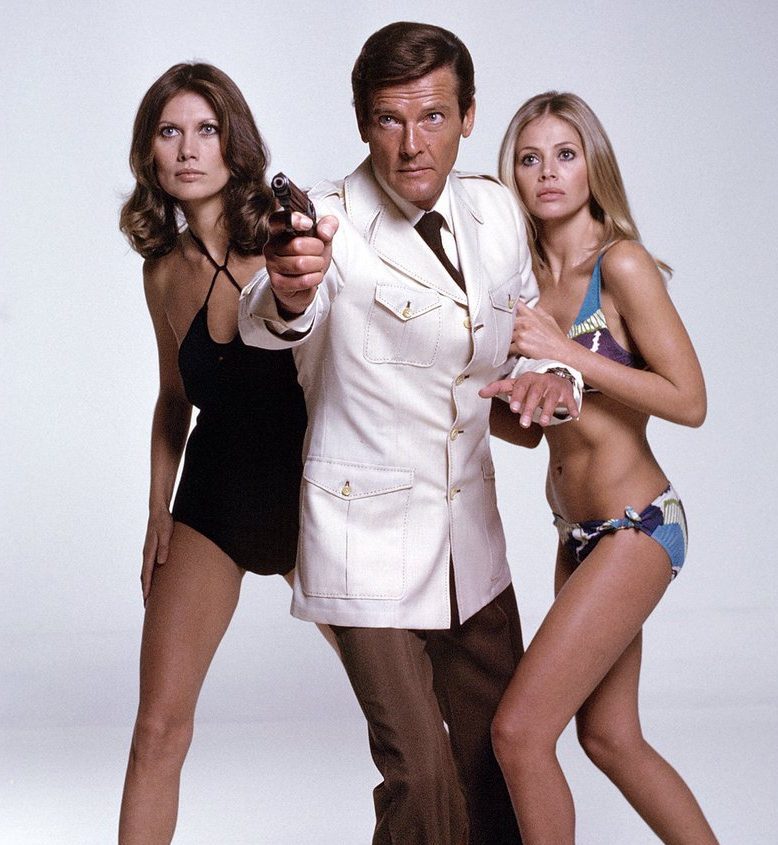
While the warning signs were there in Diamonds Are Forever, it was only when Roger Moore inherited the Walther PPK that Bond’s camp undertones really rose to the surface.
[rtk_adunit_top]
1974’s The Man with the Golden Gun was Moore’s second outing as 007, and it was by far the silliest entry in the series up to that point. Comedy in Bond isn’t necessarily a bad thing, but most of the film’s humour is more likely to inspire cringes than laughs today.
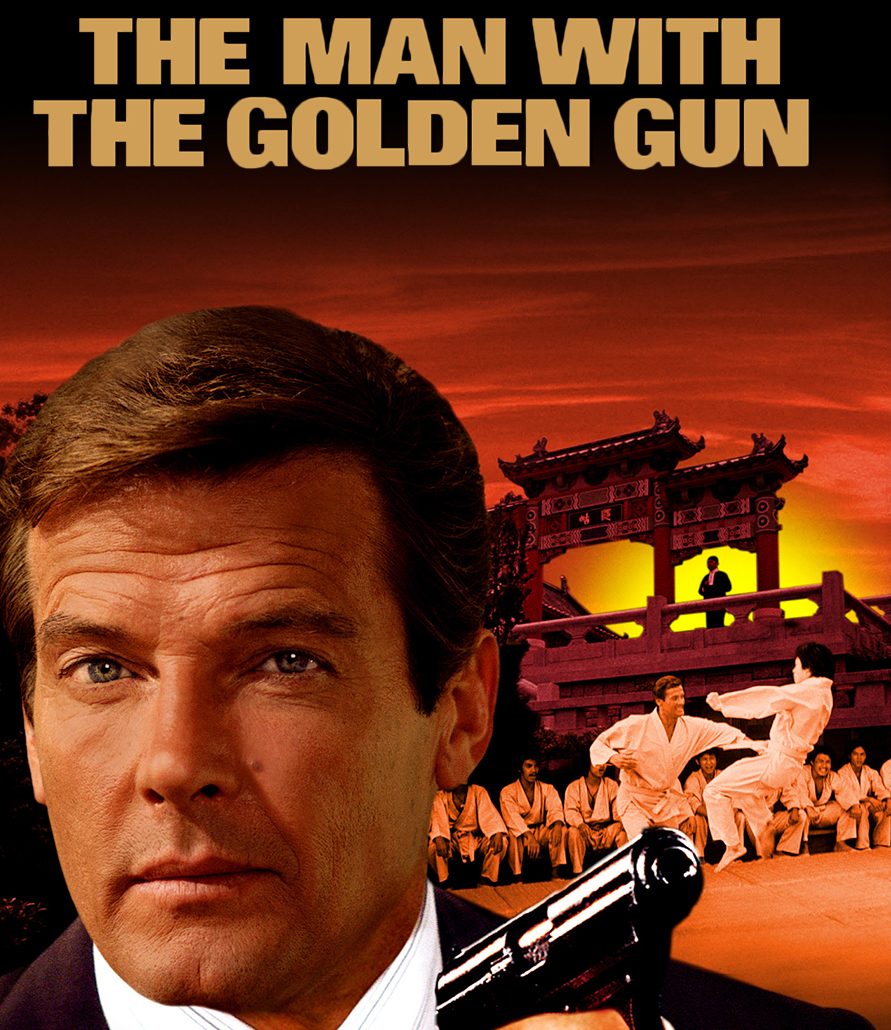
It all starts off promisingly enough, with Bond pitted against one of his most formidable adversaries: the world’s deadliest and richest assassin, Scaramanga, played by the legendary Christopher Lee.
And on top of the impeccable casting, Scaramanga is also blessed with one of the best ever Bond villain lairs, in the form of a luxurious private island fortress.
[rtk_adunit_middle]
On top of this, The Man with the Golden Gun gives us one of the greatest stunts of the series in the ‘corkscrew’ car jump. Sadly, all this still isn’t enough to offset the overriding absurdity of proceedings.

Plus, not to put to fine a point on it, but Britt Ekland’s Goodnight is a strong contender for the most annoying Bond girl ever, while Lulu’s title song may be the weakest of all the Bond themes.
[rtk_adunit_bottom]
One of the best: The Spy Who Loved Me
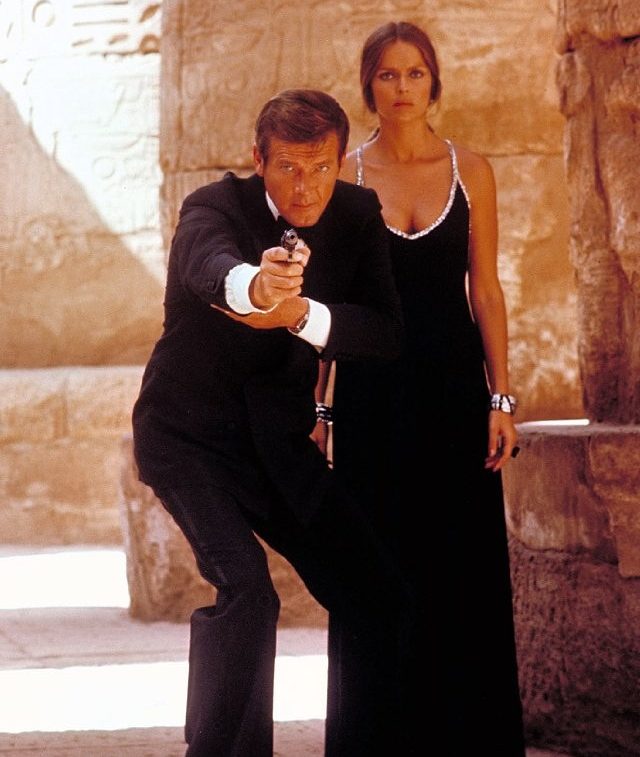
Roger Moore’s second Bond movie may be among the worst of the lot, but when it came time for his third they pulled out all the stops.
[rtk_adunit_top]
1977’s The Spy Who Loved Me bears absolutely no resemblance to the Ian Fleming book from which it takes its title, but it’s one of the most lavish, endlessly rewatchable films in the series, with Bond and KGB Agent Anya Amasova (Barbara Bach) reluctantly teaming up to stop the megalomaniacal Stromberg (Curd Jürgens) from destroying the world.

Admittedly, The Spy Who Loved Me borrows quite heavily from 1967’s You Only Live Twice; substitute stolen rockets for stolen submarines, and it’s near enough a remake.
[rtk_adunit_middle]
However, there’s no denying The Spy Who Loved Me boasts some of the most iconic moments in Bond history, including Bond’s fight with Richard Kiel’s hulking henchman Jaws, and the submersible Lotus Esprit.

Not only that, but we get a hint of real emotional depth to Moore’s 007 beyond his perpetually raised eyebrow. In his third outing as 007, the actor plays a number of key dramatic moments surprisingly straight, notably when reminded of the wife Bond lost a few films earlier.
[rtk_adunit_bottom]
One of the worst: Die Another Day
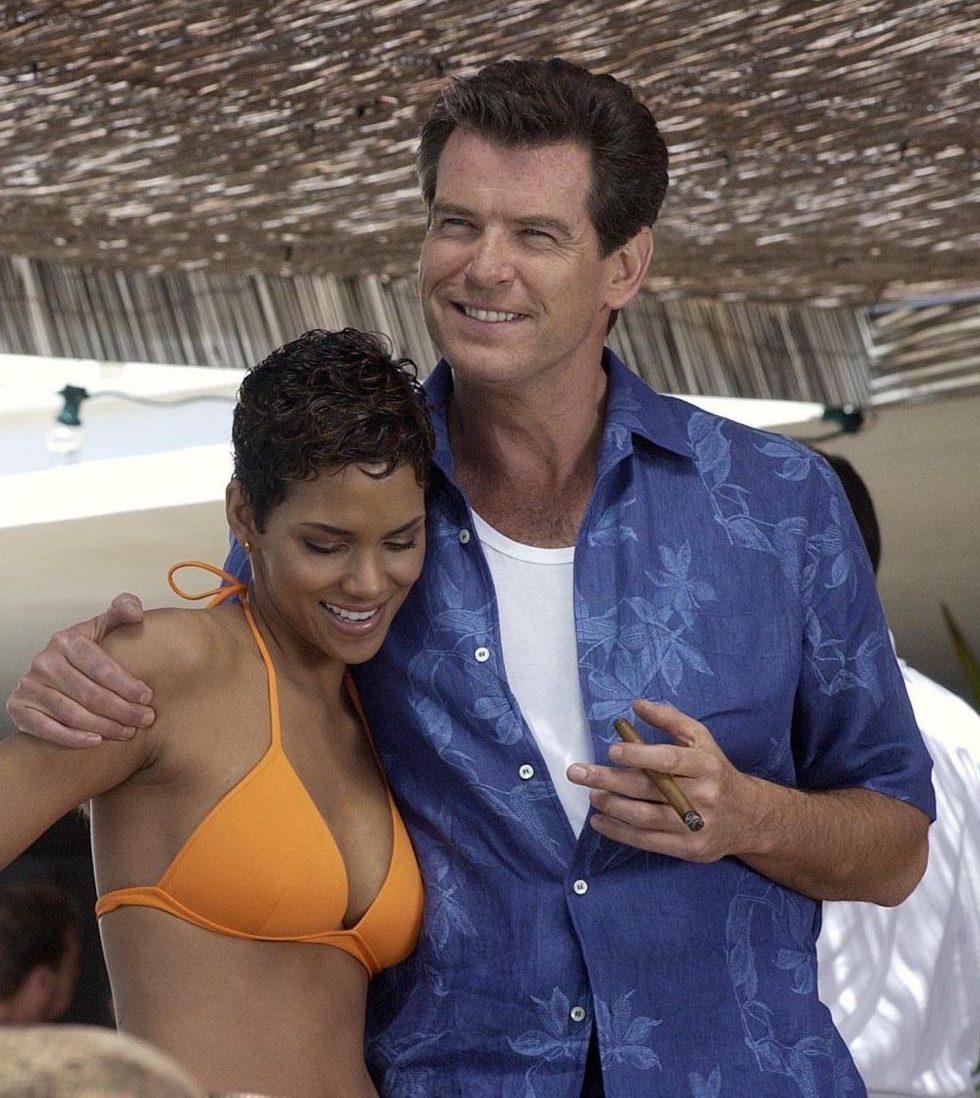
For his fourth time around as Bond, Pierce Brosnan was still keen for his take on the character to get that bit edgier and psychological – though his producers seemed keen to keep emphasising the action instead.
[rtk_adunit_top]
Brosnan’s third film The World is Not Enough was already on wobbly ground here, but the scales were completely off on 2002’s Die Another Day, one of the most misjudged and imbalanced Bond movies ever.
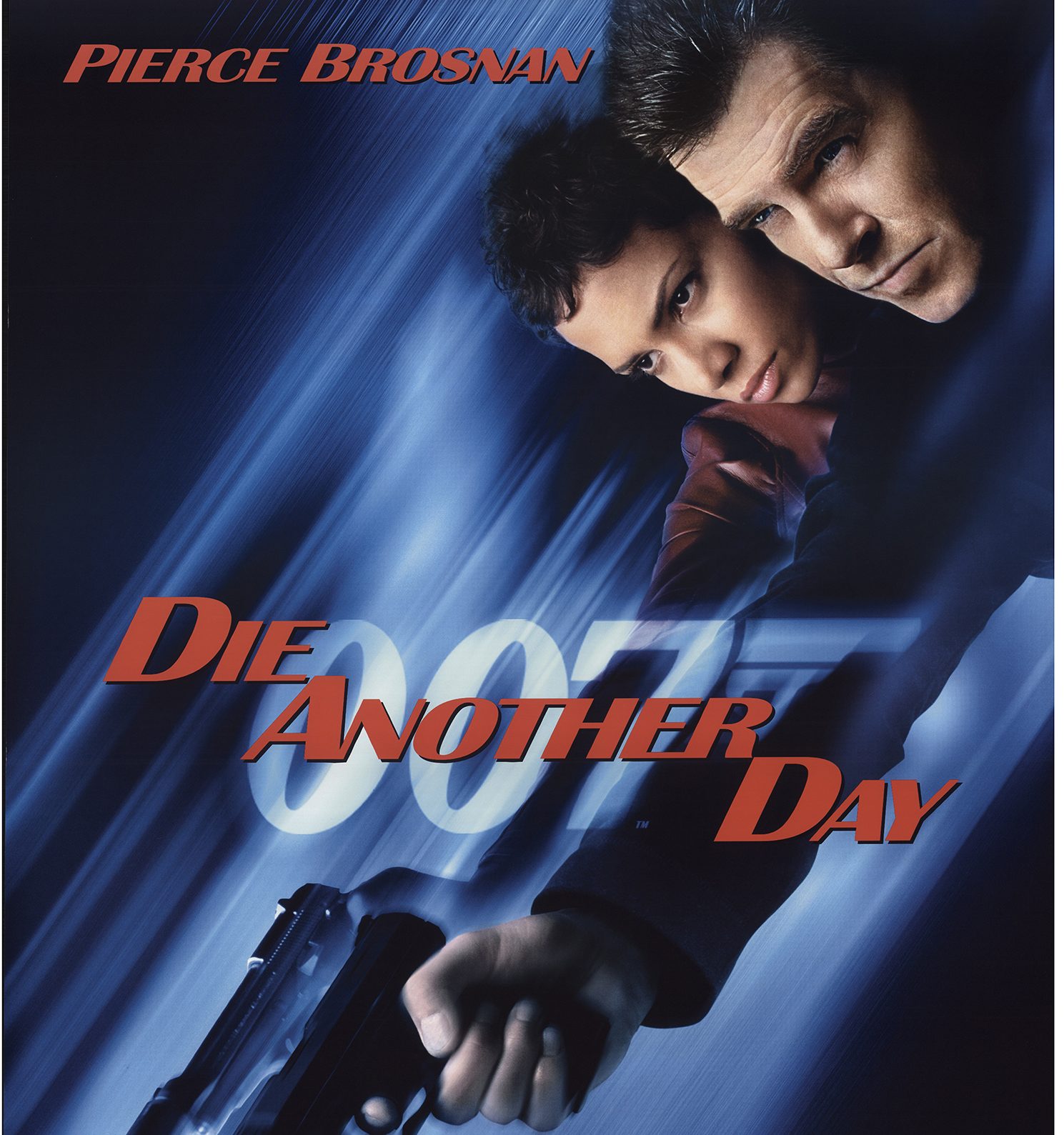
It’s a strangely schizophrenic film given that it give us one of the darkest, most atypical Bond intros, as Brosnan’s 007 is incarcerated and tortured for months in North Korea. Yet once Bond is free again, the film somehow degenerates into the daftest entry since Roger Moore’s heyday.
[rtk_adunit_middle]
With its diamond-powered laser, invisible car, a bad guy who changes his face with gene therapy, and some of the worst use of CGI in the last two decades, Die Another Day crosses the line from endearingly over-the-top to downright embarrassing.
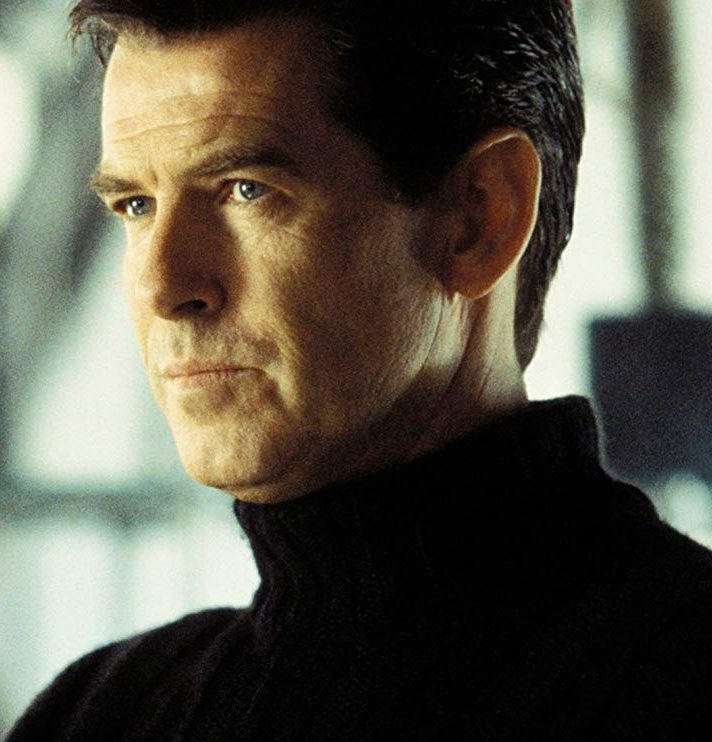
It’s sad to see that, only seven years after successfully bringing Bond back, Pierce Brosnan’s take on the character had already lost its lustre; and it’s sadder yet to note that, after this film, Brosnan wound up being the only Bond actor to be fired from the role, rather than standing down of his own accord.
[rtk_adunit_bottom]
One of the best: You Only Live Twice

The fifth film in the series, 1967’s You Only Live Twice also looked set to be Sean Connery’s last. As such, efforts were made to ensure the original James Bond actor would go out on a high note.
[rtk_adunit_top]
Written by Roald Dahl (before the author became world-renowned primarily for his children’s books), You Only Live Twice was the first Bond movie made following the death of series creator Ian Fleming, so perhaps it’s no coincidence that it’s also the first film to nearly completely jettison the narrative of Fleming’s source novel and come up with an almost entirely new story.
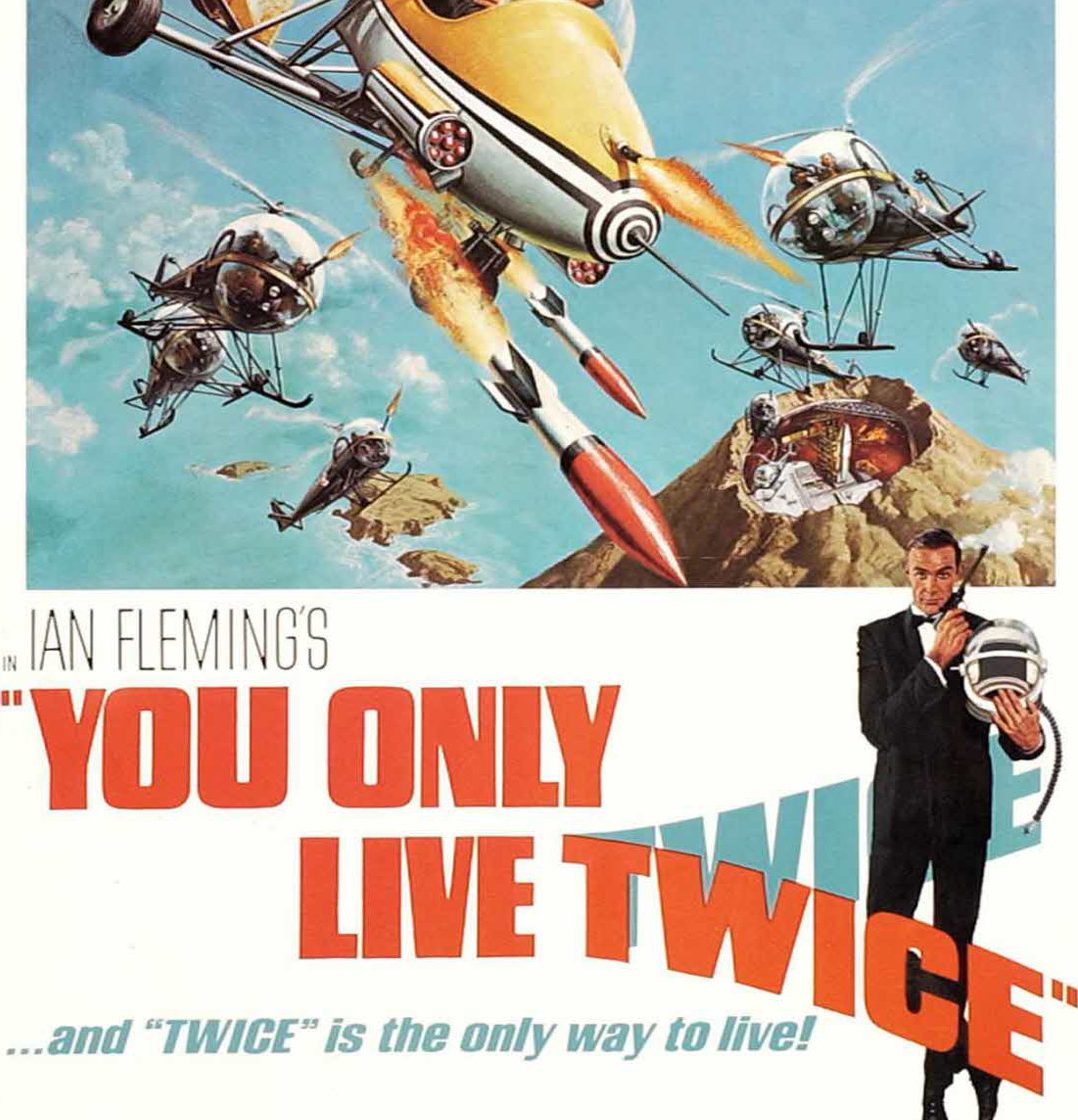
Beginning with the supposed ‘death’ of 007, the film promptly puts Bond back in action investigating what M promises him is “the big one,” as SPECTRE are found to be seizing both American and Soviet space shuttles in a bid to take over the Space Race (and, as ever, rule the world).
[rtk_adunit_middle]
The result is the largest scale Bond movie of the Connery era, with our hero ultimately tracking SPECTRE to their vast headquarters hidden in a dormant volcano. There, Bond witnesses one of the biggest battle scenes of the series and, most thrillingly, there is the final reveal of SPECTRE leader Blofeld, taking the form of Donald Pleasance.
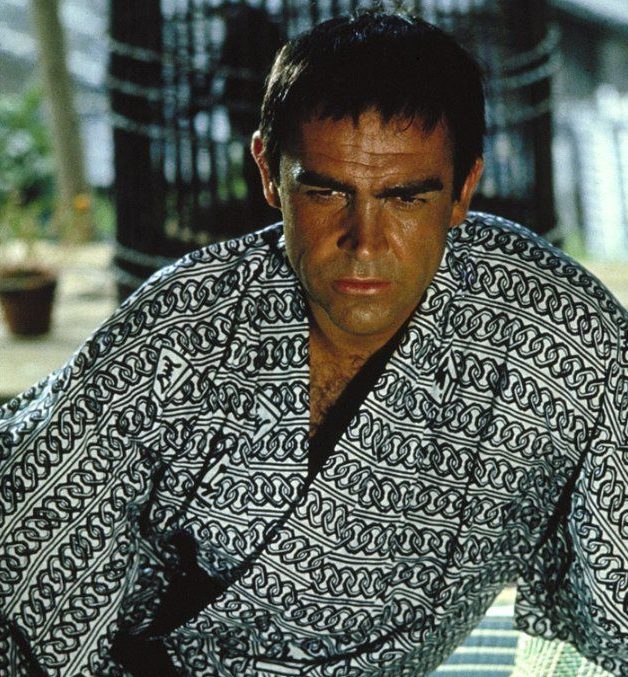
Of course, You Only Live Twice is not without its problematic elements, most notably with Bond’s ‘makeover’ to appear Japanese, and the character’s whole-hearted celebration of the blatant sexism of traditional Japanese gender relations – but political correctness and James Bond have never been the best of friends anyway.
[rtk_adunit_bottom]
One of the worst: Moonraker
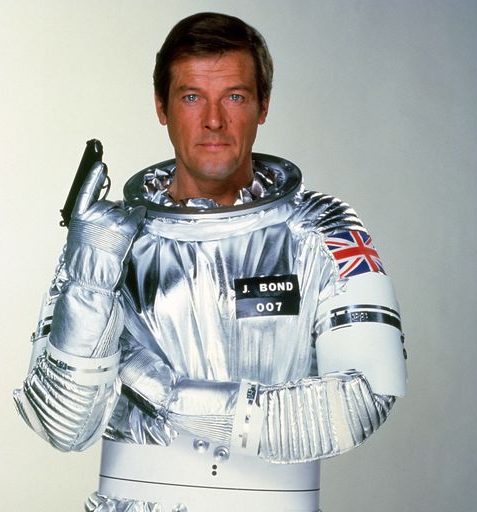
Historically, the James Bond movies have tended to be trend-setters in and of themselves, setting the pace for other filmmakers to emulate to inevitably lesser success.
[rtk_adunit_top]
1979’s Moonraker represents one of the few times that the Bond producers chose instead to try and jump on the bandwagon of what was popular at the time – and, while they reaped the rewards at the box office in doing so, they hit a low point creatively.
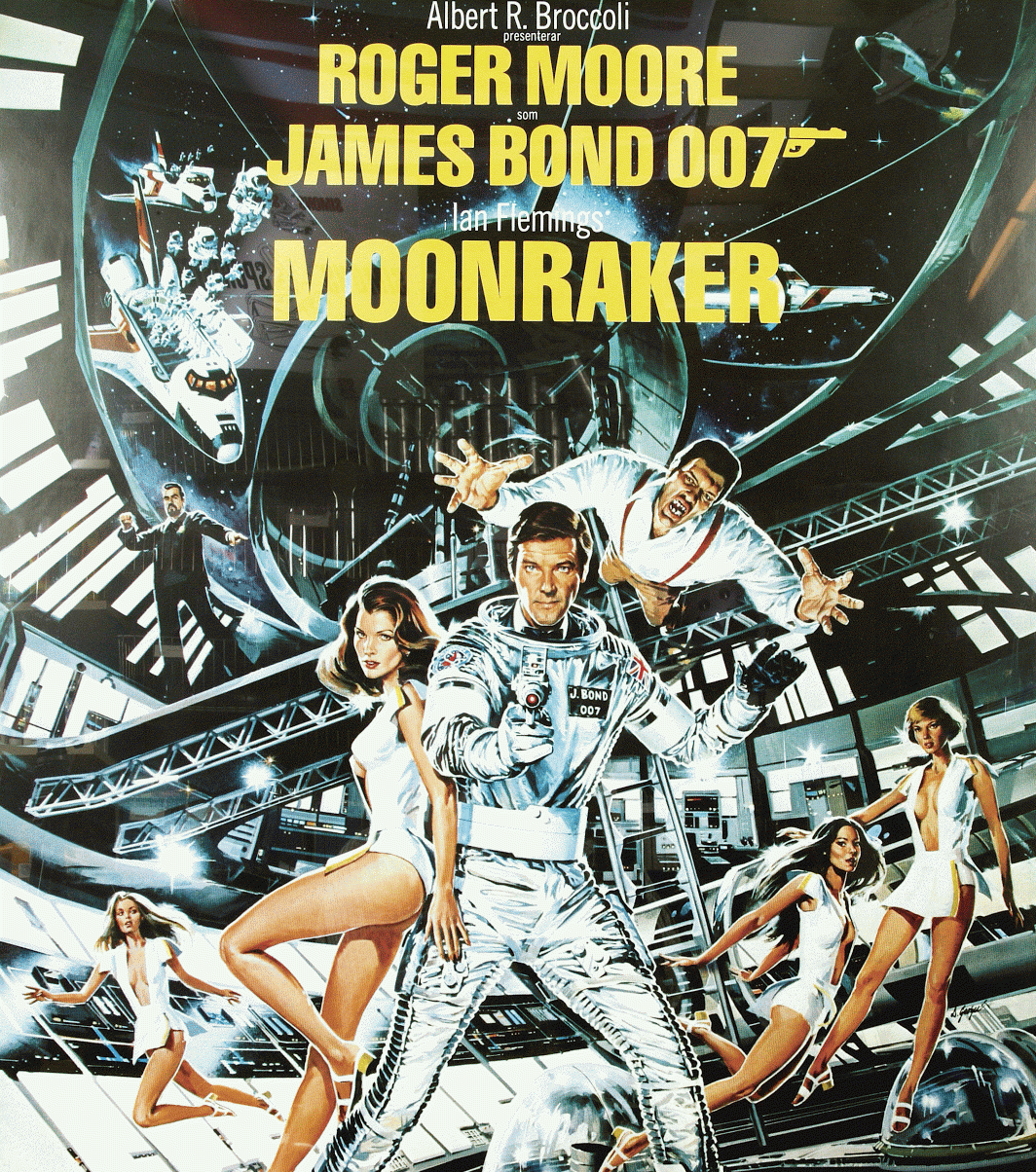
Taking basically nothing from Fleming’s story but the title, Moonraker sees Bond sent on a mission to outer space, in order to cash in on the renewed popular interest in science fiction following the phenomenal success of Star Wars and Close Encounters of the Third Kind (both of which are directly referenced).
[rtk_adunit_middle]
Beyond this, Moonraker hits basically all the same plot beats as the previous Bond movie, The Spy Who Loved Me. However, where that film had a megalomaniac planning to destroy the world and create a new utopia under the sea, Moonraker’s Drax (Michael Lonsdale) plans to breed a master race on his orbiting space station. We even have the rare return of an existing Bond villain, with Richard Kiel reprising the role of Jaws.

Previous Roger Moore movies may have been a bit silly, but Moonraker takes it all a little too far – although there’s no denying the film has classic moments that have become the stuff of Bond legend (who can forget Q’s line in the final scene?).
[rtk_adunit_bottom]
One of the best: The Living Daylights

By the time Roger Moore finally retired as James Bond following A View to a Kill, the franchise was in greater need of fresh blood than ever before.
[rtk_adunit_top]
The introduction of Timothy Dalton as the fourth 007 in 1987’s The Living Daylights was a major turning point for the franchise, announcing to the world that Bond was back – and he was younger, stronger and more relevant than he’d been in years.

Both Dalton and the producers agreed that the only way to move forward with the franchise was to return to the source material: Ian Fleming’s novels. As a result, The Living Daylights is one of the most grounded and gritty entries in the series, largely eschewing sun-kissed glamour in favour of more authentic Cold War espionage action.
[rtk_adunit_middle]
Caught up in a political conspiracy as an alleged Soviet defector double-crosses MI6, Dalton’s Bond plays guardian to the defector’s unwitting young lover (Maryam D’Abo), and in so doing winds up the most monogamous and chaste 007 yet – but his ruthless killer elements are at the forefront more than ever before.
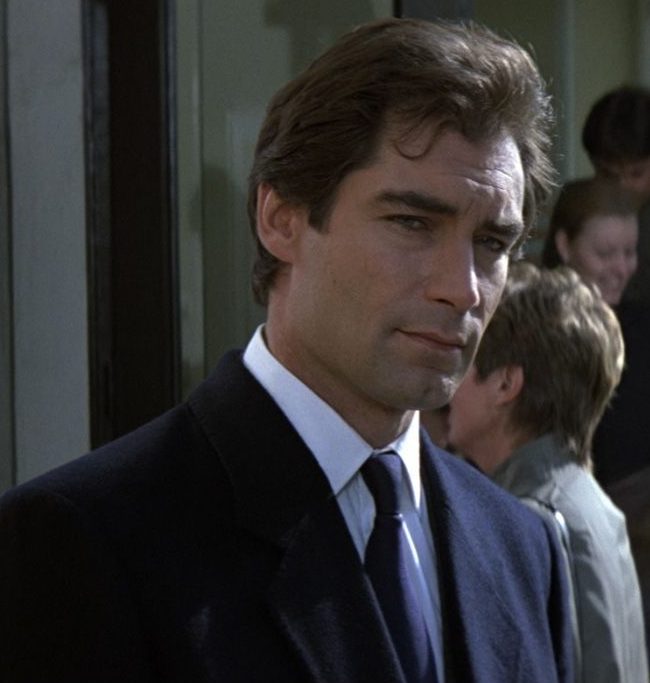
The comparative lack of old-fashioned Bond theatrics and excess may leave some viewers unsatisfied, but to our mind The Living Daylights is one of the most satisfying entries in the series – and as for Timothy Dalton, we reckon he just might be the best 007 actor ever.
[rtk_adunit_bottom]
One of the worst: The World Is Not Enough
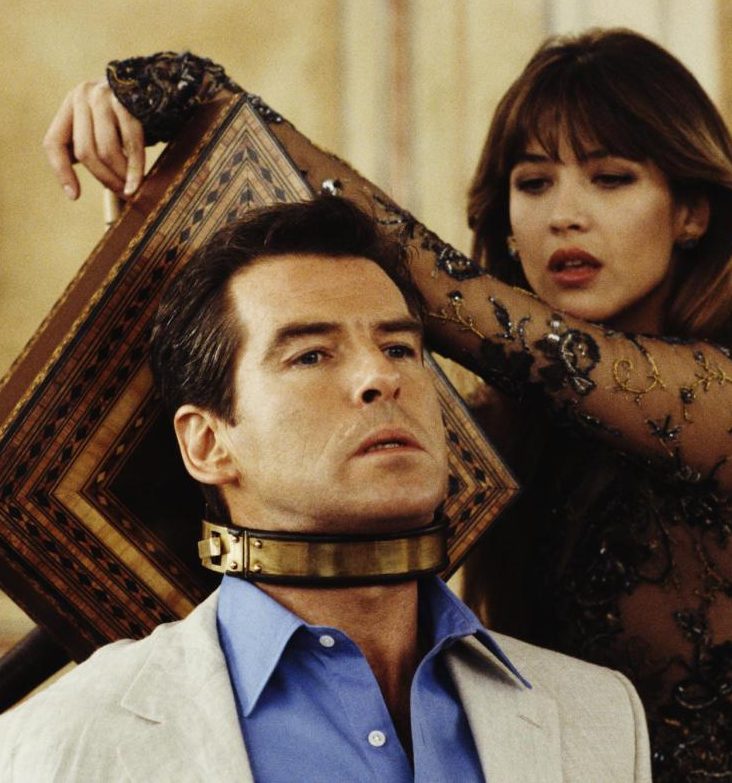
Three films into his run as 007, Pierce Brosnan had made it clear that he wanted the Bond films to continue the path they started down with Timothy Dalton: less cartoonish, more dramatic and character-based.
[rtk_adunit_top]
However, as noble as these intentions might have been, 1999’s The World Is Not Enough ultimately fails to find the balance between old-school theatricality and harder-edged drama.

It doesn’t help that the core premise of The World Is Not Enough (centred on the construction of an oil pipeline) really isn’t all that compelling to begin with; combine this with the script’s rather ham-handed efforts to make things more emotional, and it all starts to feel vaguely embarrassing.
[rtk_adunit_middle]
Sadly, much of the blame for that has to lie with Brosnan, whose Bond performance was already getting stale. The actor may have been pushing for a heavier emphasis on character and a dialling-back of the emphasis on arch camp and one-liners, but ultimately arch camp and one-liners were really what Brosnan did best as Bond.

Then, of course, we can scarcely overlook the casting of Denise Richards as the improbably named (and even more improbably attired) nuclear physicist Dr Christmas Jones, perhaps the strongest contender for the title of absolute worst Bond girl of them all.
[rtk_adunit_bottom]
One of the best: On Her Majesty’s Secret Service

More than 50 years on, the first Bond movie not to star Sean Connery in the lead role remains a bit divisive – but there can be little argument that it was one of the first films since the series began to take some real chances.
[rtk_adunit_top]
To cast another actor when Connery had grown so synonymous with the part was a big risk in itself, but it was bolder still to cast Australian model George Lazenby, the least experienced actor to ever take the role (and also the youngest, aged only 29 at the time).

On Her Majesty’s Secret Service gets even riskier, however, in presenting a more emotional and volatile Bond who openly clashes with M, takes his battle with Blofeld (here played by Telly Savalas) personally, and – biggest shocker of all – falls head over heels in love with Diana Rigg’s Tracy, who becomes his bride.
James is then left – spoiler warning! – bereaved in the final scene, with Lazenby also being the first Bond to weep on camera (and the last, until Daniel Craig in Skyfall).
[rtk_adunit_middle]
This is not to suggest that On Her Majesty’s Secret Service is nothing but character-based drama; the film still piles on as much spectacular action as you could hope for, making great use of the snowy Alpine setting for Blofeld’s supposed allergy clinic – and while Lazenby’s Bond may be a one-woman man by the climax, he still has more than his usual quota of illicit liaisons, thanks to the all-female clientele of said clinic.
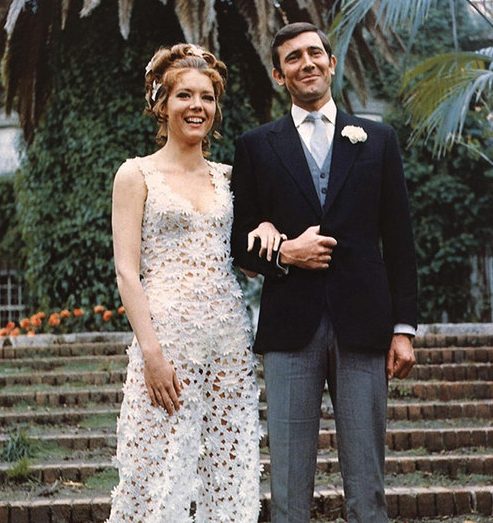
As for Lazenby himself: history may never look too kindly upon him thanks to his professional mistakes (namely, thinking he could play Bond once and have a great career afterwards), but it took some chutzpah to take over from Sean Connery, and his performance is strong enough to leave you wondering what might have been had he returned. Either way, Lazenby is more than ably supported by Diana Rigg, surely one of the finest actresses ever to play a Bond girl.
[rtk_adunit_bottom]
One of the worst: Diamonds Are Forever

Sean Connery’s last Bond movie (or at least his last official one, assuming we don’t count 1983’s non-canon Never Say Never Again) is one of the most depressing entries of the lot.
[rtk_adunit_top]
Connery had already abdicated the role following 1967’s You Only Live Twice, but – thanks to an offer of a then-unprecedented $1.25 million – was lured back to play Bond once more following the swift departure of his one-and-done successor George Lazenby.

However, it’s clear watching Diamonds Are Forever that Connery’s heart just wasn’t in it anymore, and a pervading cynicism taints the whole endeavour.
[rtk_adunit_middle]
Whilst Lazenby’s On Her Majesty’s Secret Service attempted to subvert the formula and add some real vulnerability to Bond, follow-up Diamonds Are Forever goes out of its way to make Bond more unfeeling than ever, with a sadistic, mean-spirited flavour to his actions.

Beyond this, the overall tone of the film is too goofy, the girls (Jill St. John’s Tiffany Case and Lana Wood’s Plenty O’Toole) are painfully two-dimensional stereotypes – and to be blunt it’s stunning how old Connery looks, considering he was only 41 at the time.
[rtk_adunit_bottom]
One of the best: For Your Eyes Only

Roger Moore’s tenure as Bond may be associated first and foremost with high camp and far-fetched plots, but as proved by his fifth film, For Your Eyes Only, the actor was by no means opposed to playing things that bit more down to earth (literally, after Moore’s previous film Moonraker).
[rtk_adunit_top]
1981’s For Your Eyes Only was a conscious effort to present a more grounded 007 closer in tone and content to Ian Fleming, but also to acknowledge that Roger Moore – and, indeed, Bond himself – was getting older, and perhaps not quite carrying the same power in the ever-changing world of the 80s.

For Your Eyes Only opens on an uncharacteristically sombre note, with Bond visiting the grave of his wife – and then takes the series way back via a confrontation with Blofeld (although, given the aforementioned legal fallout of Thunderball, the character isn’t identified by name).
[rtk_adunit_middle]
This prologue sequence might get a bit goofy, and it goes out on an even dafter note, with 007 inadvertently working his charms on then-British Prime Minister Margaret Thatcher (played by impressionist Janet Brown); but these moments of silliness aside, For Your Eyes Only plays it all considerably straighter than the films which came immediately before and after.
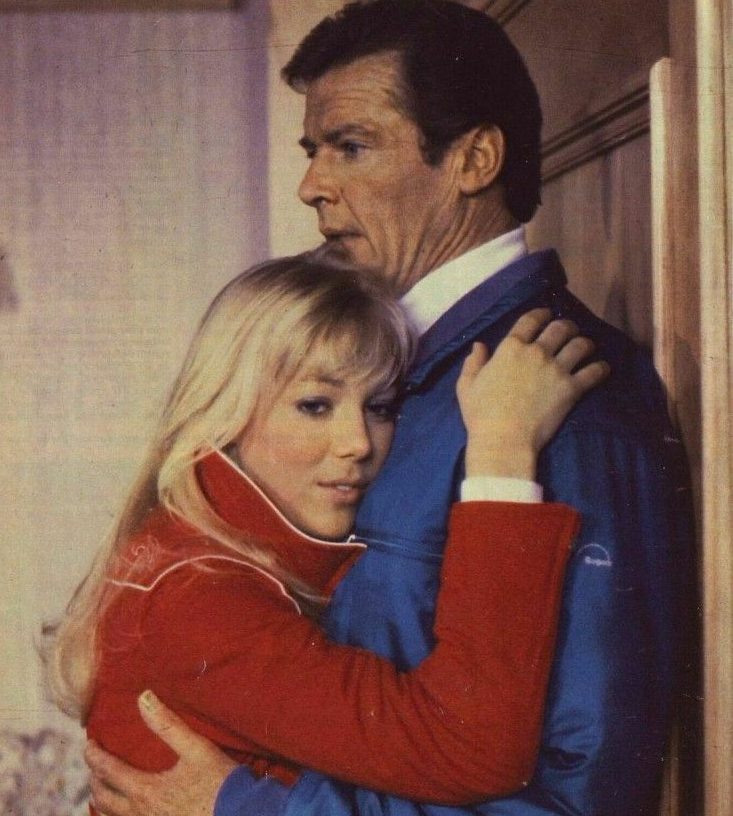
For Your Eyes Only also boasts one of the most unusual scenes in Bond history: a young woman (Lynn-Holly Johnson) throwing herself at 007 only for him to spurn her advances, because even he’s creeped out by the age difference. Surely this alone was enough to hammer it home that it was time for Roger Moore to move on; but alas, he would remain in the role for two more movies.
[rtk_adunit_bottom]
One of the worst: Octopussy
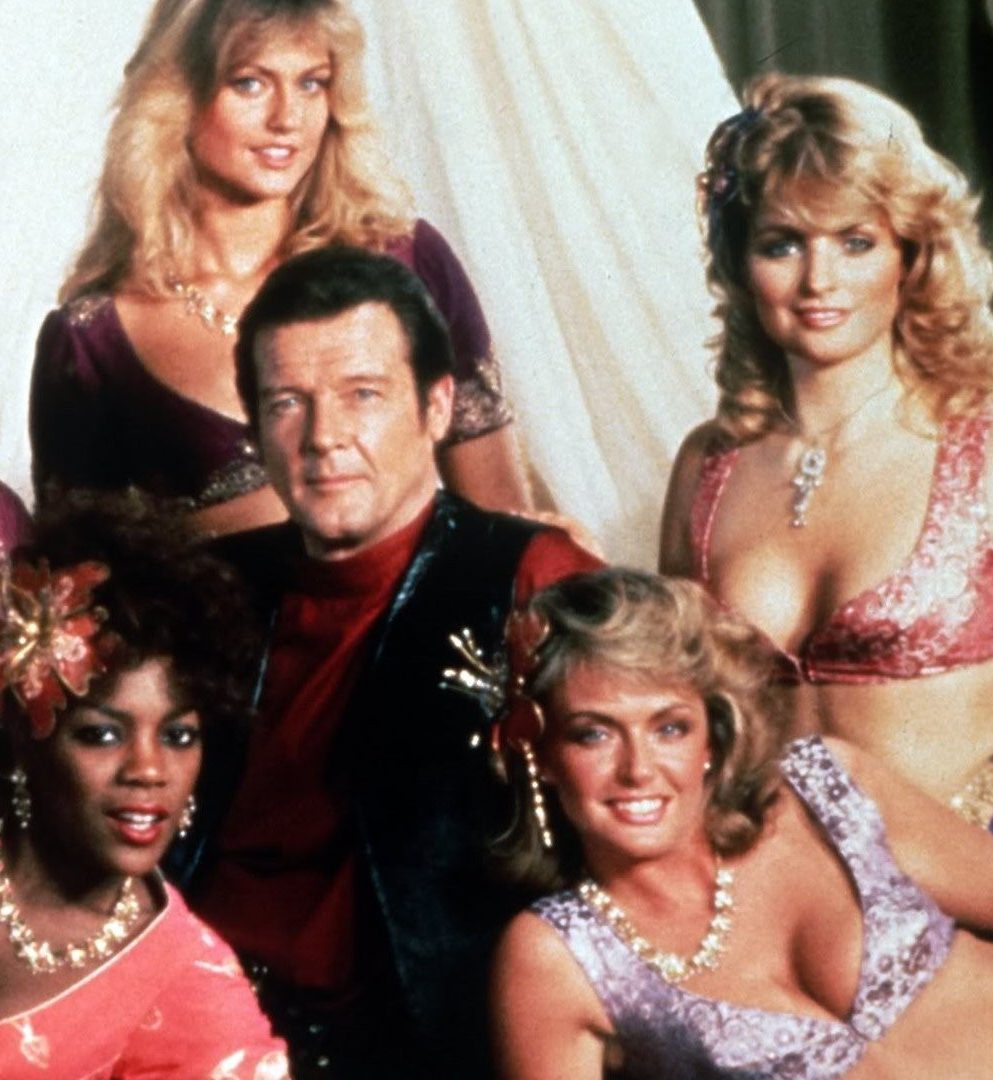
Now don’t get us wrong: a bit of eyebrow-raising innuendo is par for the course in Bond movies, particularly in the Roger Moore era. But to go ahead and put that directly in the film’s title?
[rtk_adunit_top]
In fairness, Octopussy was indeed the name of one of Ian Fleming’s Bond short stories – although the film, Roger Moore’s sixth, once again ditches Fleming’s narrative and cooks up its own colourful yarn for 007.

How colourful, you ask? Well, this is the entry that sees Bond swing through the jungle like Tarzan, say “sit!” to a man-eating tiger, and finally defuse a nuclear bomb whilst dressed as a clown.
[rtk_adunit_middle]
Of course, by this point you didn’t really need to put face paint and a rubber nose on Roger Moore for him to look ridiculous, with the fact that Moore was clearly too old for the part getting increasingly hard to ignore, particularly as the women surrounding him were as young as ever.
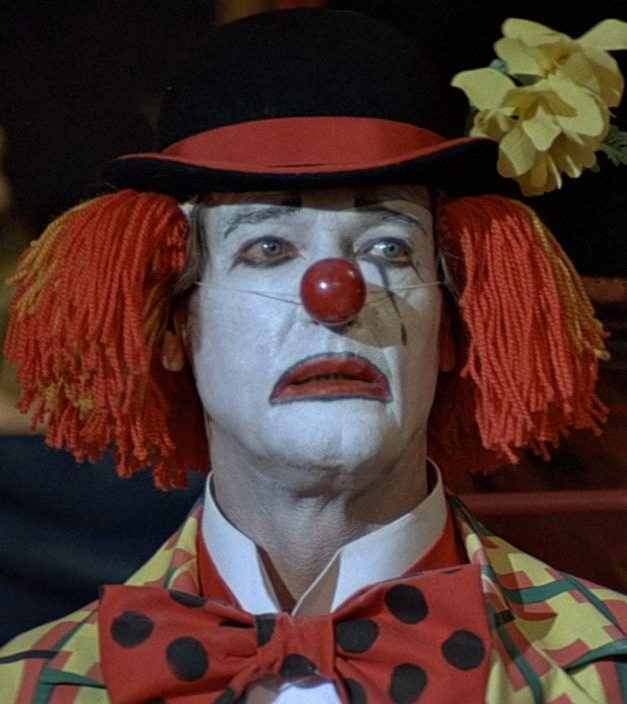
As the title might suggest, Octopussy is without doubt one of the most flagrantly sexist of all the Bond movies, and more than a little bit racist given its stereotypical representation of India and its people: witness Bond paying off an Indian man and declaring, “keep you in curry for a few weeks, won’t it?”
[rtk_adunit_bottom]
One of the best: Skyfall
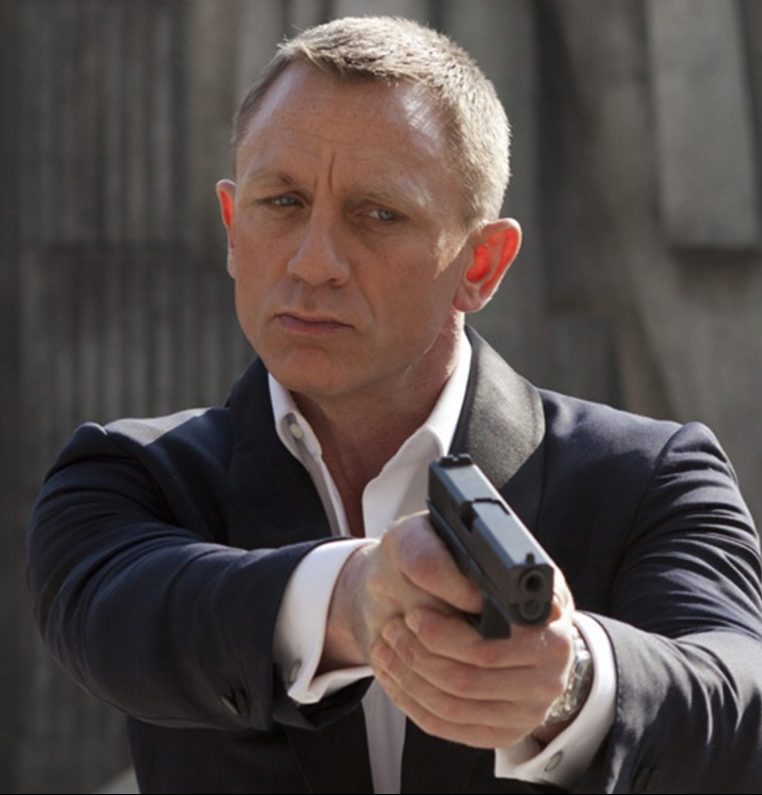
Everyone concerned knew they’d fumbled the ball on Daniel Craig’s second James Bond movie, Quantum of Solace – so his third needed to be something very special indeed.
[rtk_adunit_top]
Happily, it was on 2012’s Skyfall that Craig and company really nailed this take on the character, and in so doing produced the most critically acclaimed film in Bond history, with many going so far as to declare it the absolute best in the series.

The downbeat first act sees Bond returning to London having been thought to be dead, when an initially unknown enemy attacks MI6, sending 007 and Judi Dench’s M (in her series swansong) down a path that forces them both to confront their personal demons.
[rtk_adunit_middle]
Sam Mendes was the first Oscar-winning director to board Bond, and he ensures Skyfall is one of the most intelligent, emotional and visually beautiful Bond movies (credit also due to cinematographer Roger Deakins).
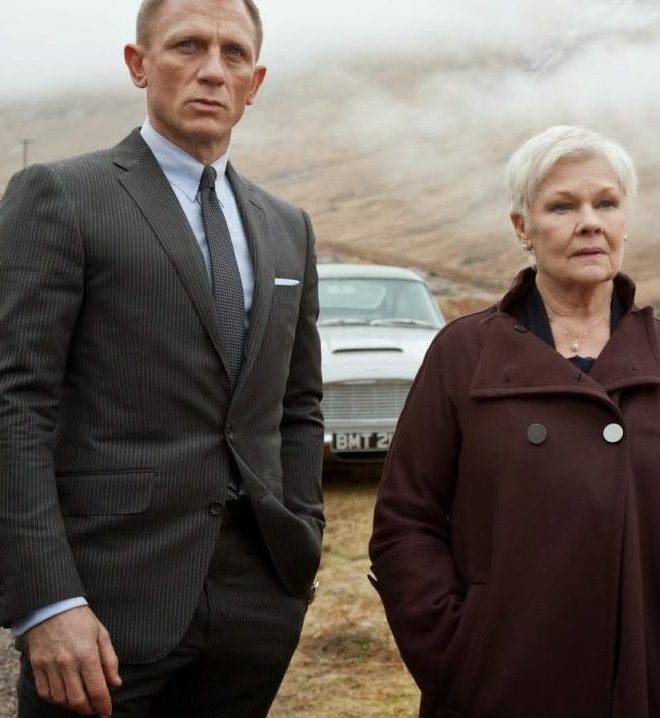
Happily, Mendes and Craig don’t neglect to bring back some of the old 007 fun, with Skyfall offering plenty of high octane action scenes, a wonderfully theatrical villain in Javier Bardem’s Silva, and just a hint of outright absurdity (man-eating Komodo dragons, anyone)?
[rtk_adunit_bottom]
One of the worst: Spectre
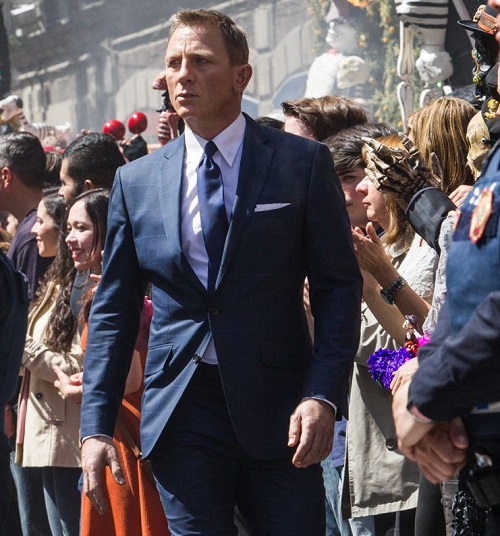
The new approach taken on Craig’s tenure as Bond has proved a double-edged sword. On the one hand, taking things back to square one has helped build a more grounded, character-based, visceral set of movies.
[rtk_adunit_top]
At the same time, the insistence on maintaining a sense of ongoing narrative between the films (which hadn’t really been done since Connery, and even then only tenuously) has resulted in over-complicated plots and implausible developments. 2015’s Spectre is by far the worst offender here.
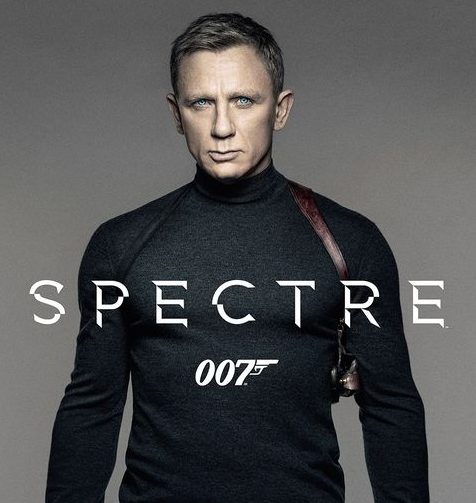
With Sam Mendes returning to direct Craig again after Skyfall, Spectre should have been another smash, but beyond its arresting Mexico City opening sequence, the film falls short just about everywhere.
[rtk_adunit_middle]
The script’s attempts to link the previous three films fail to convince, the introduction of Christoph Waltz as the new Blofeld is painfully misjudged, and the film totally squanders Dave Bautista’s Mr Hinx, a potentially all-time great henchman given not nearly enough to do.
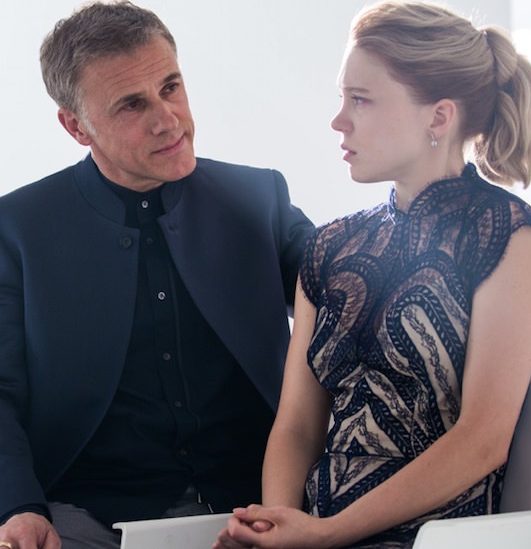
All of that’s without even mentioning how, after sensationally casting a 50-year-old Monica Bellucci as the oldest ever ‘Bond girl,’ she too is wasted in an utterly throwaway role.
[rtk_adunit_end]

